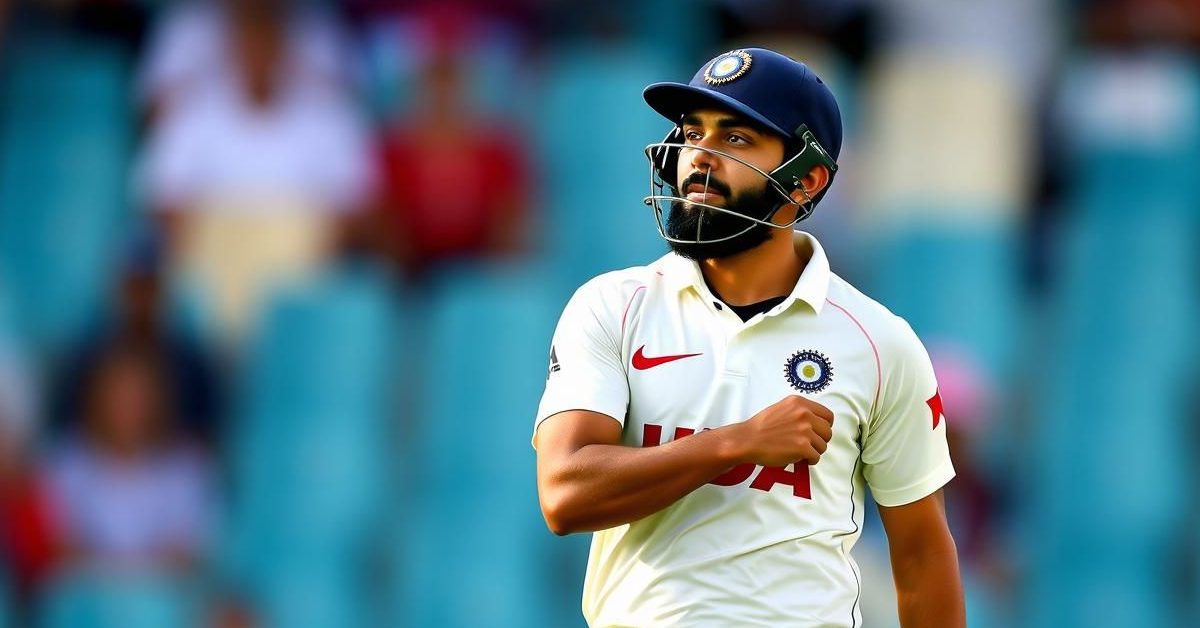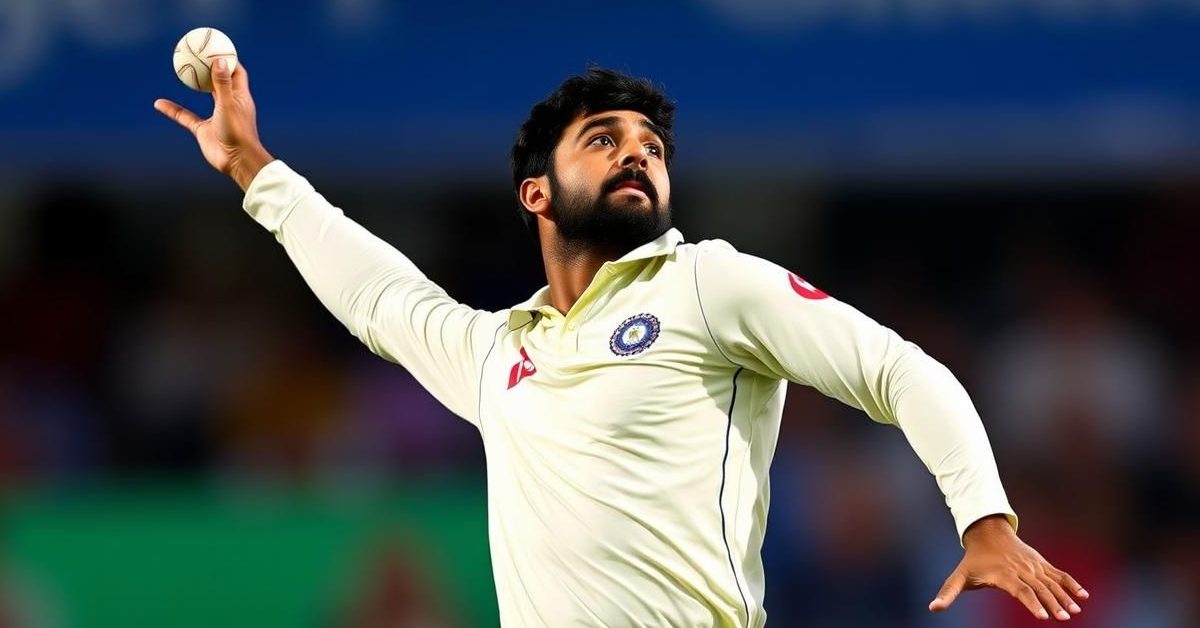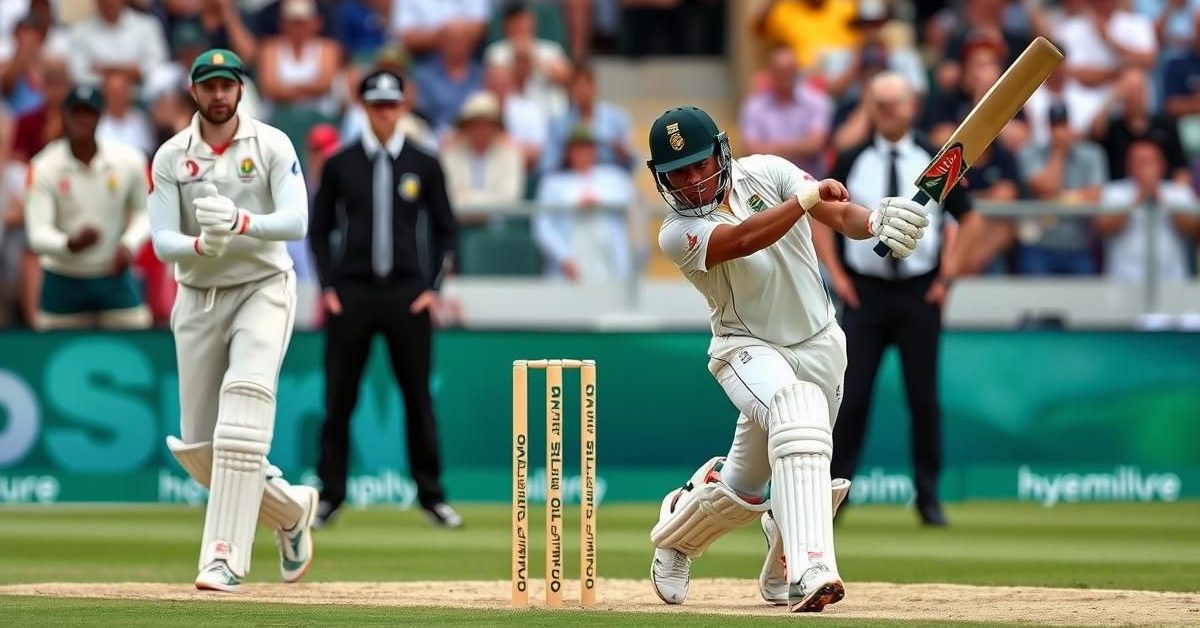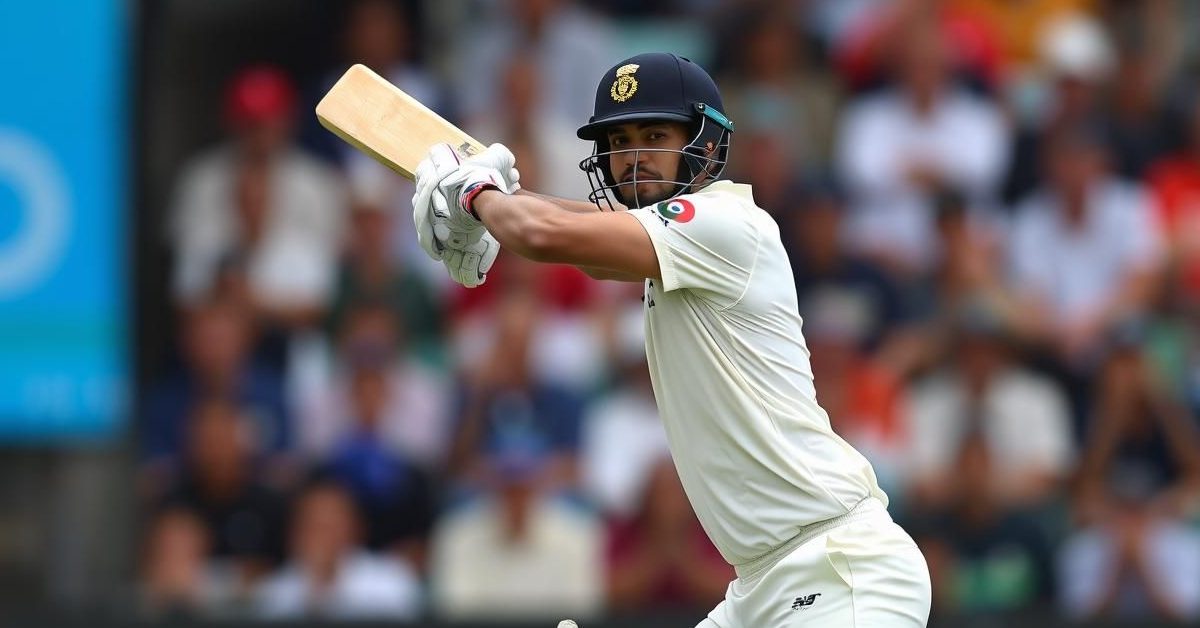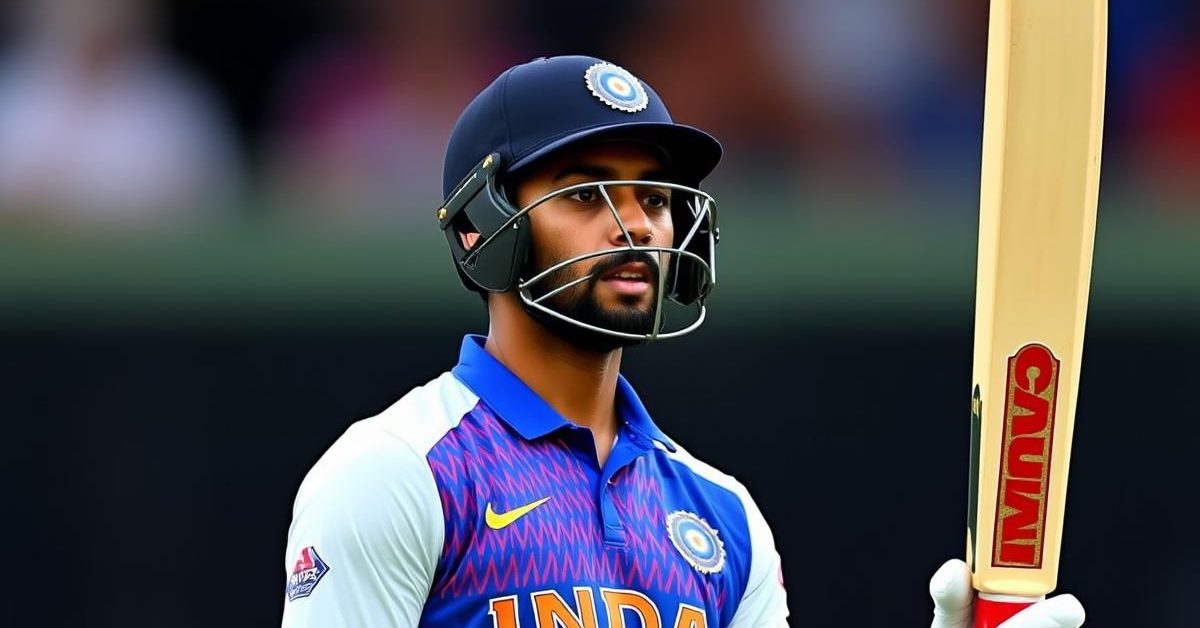The high-stakes world of Test cricket often hinges on subtle strategic maneuvers, both on and off the field. Recently, a decision by the Indian team management regarding their ace pace bowler, Jasprit Bumrah, has stirred debate among cricket pundits. Former Indian cricketer and renowned commentator, Aakash Chopra, sharply questioned the wisdom of publicly declaring Bumrah’s limited availability for the ongoing Test series against England, suggesting it might be a strategic misstep.
The Unnecessary Disclosure: A Strategic Misstep?
Chopra, known for his insightful analysis, voiced his concerns on his popular YouTube channel. He specifically wondered why the information about Bumrah’s planned participation in only three out of the five Test matches was made public. “Bumrah said he will play three matches only, and I am thinking whether it was required to publicize it,” Chopra remarked. He argued that team strategies, especially concerning key player availability, are often shrouded in secrecy, similar to how team selections are kept under wraps until the last moment.
The former opening batsman emphasized the absence of any compelling reason to repeatedly announce Bumrah’s limited schedule even before the India vs. England series commenced. “Why was it not kept a secret? We don’t announce our team as well. So why was it necessary to reiterate it repeatedly before the start of the tour that he would play three matches only? Let them guess,” Chopra asserted, highlighting the potential for competitive disadvantage.
Giving England an Unfair Advantage: Pitch Preparation & Mind Games
Chopra believes this disclosure hands a significant psychological and tactical advantage to the opposing English team. Knowing that India’s primary pace threat, Bumrah, will be absent for certain crucial matches allows the opposition to tailor their strategies accordingly. “Suddenly, the opposition gets into a great frame of mind that Bumrah, your biggest strength, is also not there,” he explained.
This insight extends to pitch preparation. If the English curators are aware of Bumrah’s absence, they could potentially prepare surfaces that are less conducive to express pace or exploit weaknesses in India’s alternative bowling options. This pre-emptive intelligence can significantly influence the series’ outcome, turning a potential secret weapon into a known quantity with limited deployment.
Bumrah’s Workload and Future Outlook
Reports from The Indian Express had previously hinted at Bumrah’s careful management, particularly after his taxing 44-over spell at Headingley. It was suggested that he would likely be rested for the second Test at Edgbaston, with an anticipated return for the third Test at the iconic Lord’s Cricket Ground in London on July 10. The short turnaround time before the Birmingham Test makes such rest periods understandable, but the public nature of these plans remains the core of Chopra’s critique.
The Looming Challenge: Bolstering India’s Pace Attack Depth
Beyond the immediate strategic blunders, Chopra pivoted to a more profound concern: the long-term sustainability and depth of India’s fast-bowling resources. He emphasized that the ability to take 20 wickets in away Tests has been a cornerstone of India’s recent successes abroad. This has largely been spearheaded by the formidable trio of Jasprit Bumrah, Mohammad Shami, and Mohammed Siraj.
“The next generation of Indian fast bowlers will have to be prepared. It’s a serious issue,” Chopra warned. He recalled memorable performances from past pacers like Ishant Sharma and Bhuvneshwar Kumar, particularly Kumar’s impactful spell at Lord’s, highlighting the caliber of bowlers India has relied on.
Chopra’s observation on Mohammad Shami, “I think that story is not over, but it is close to an ending,” underscores the urgency for a new wave of talent. While acknowledging Mohammed Siraj‘s quality, he noted that Siraj “hasn’t reached the rank of Bumrah or Shami” just yet. This collective assessment paints a picture of a crucial transition period for Indian fast bowling, where strategic decisions and talent development will be paramount for sustained success on the global stage.
